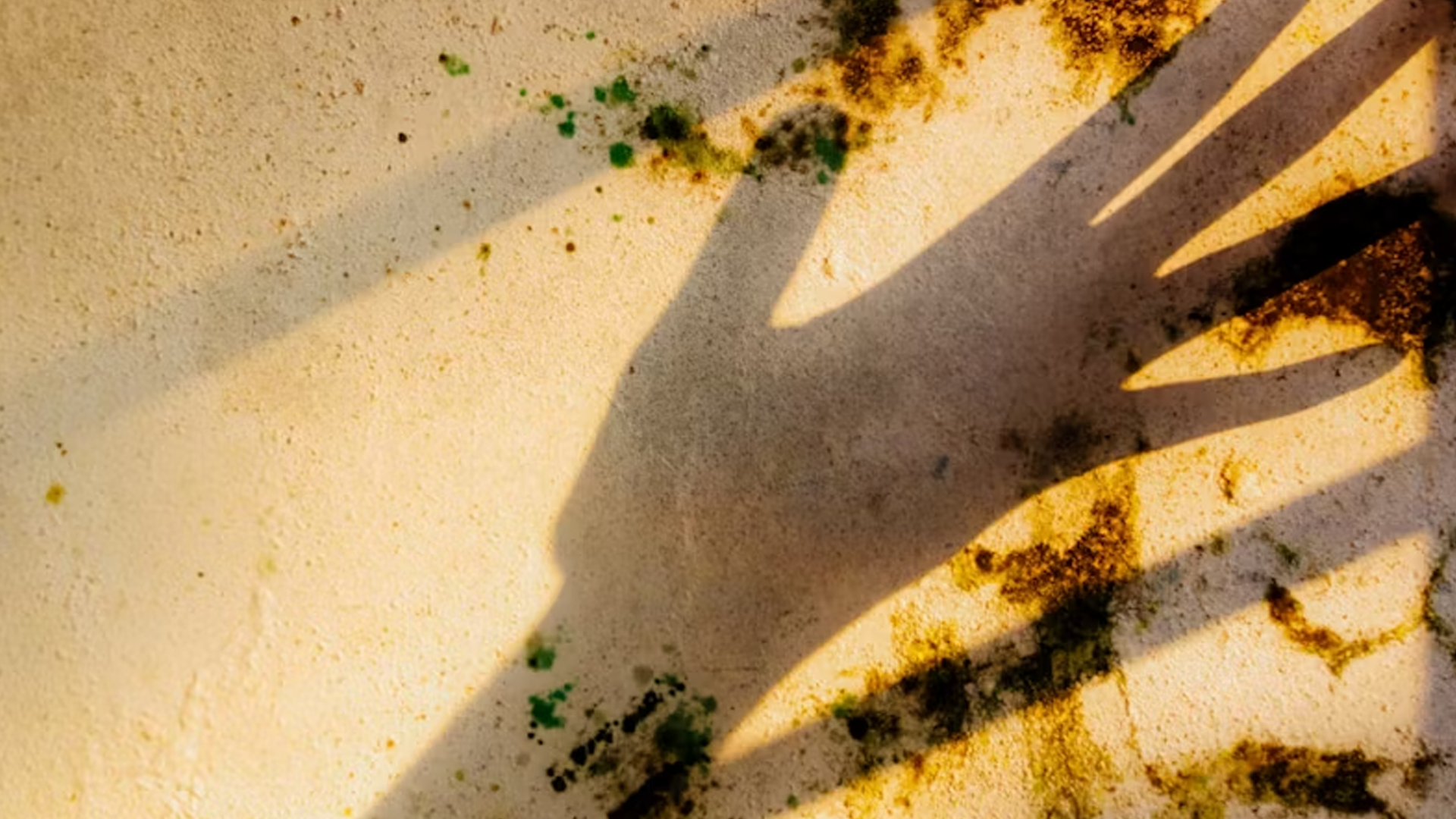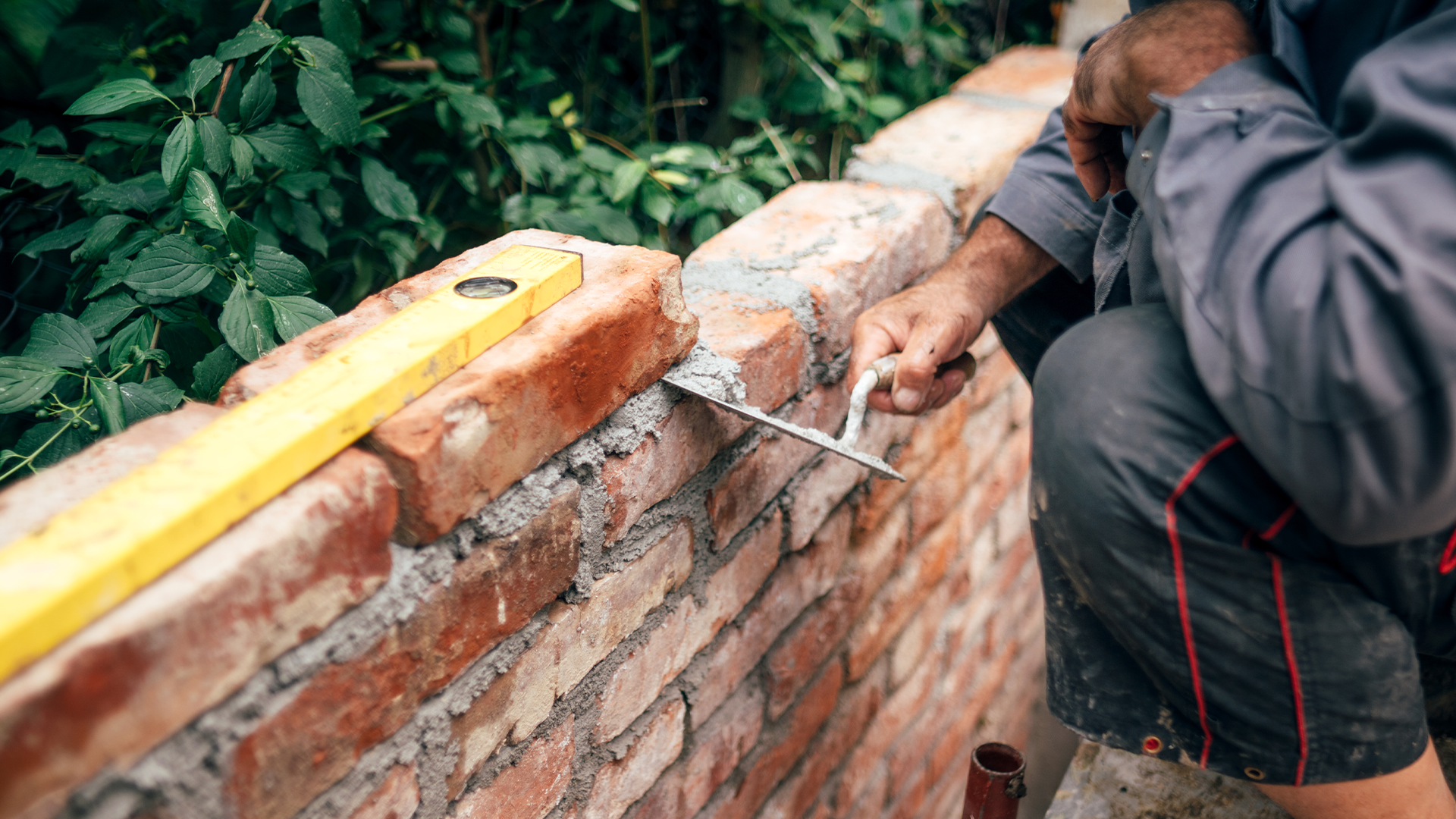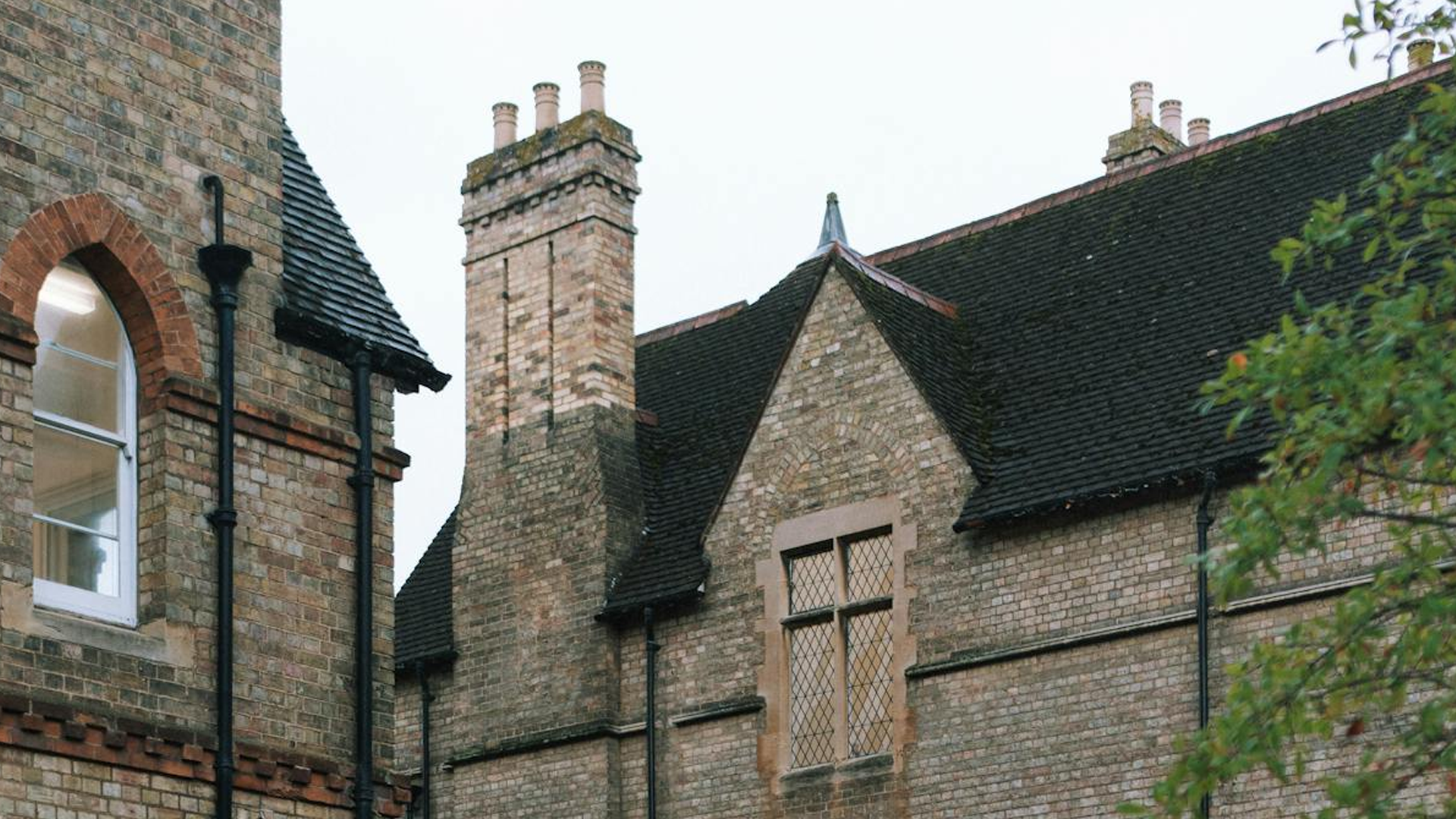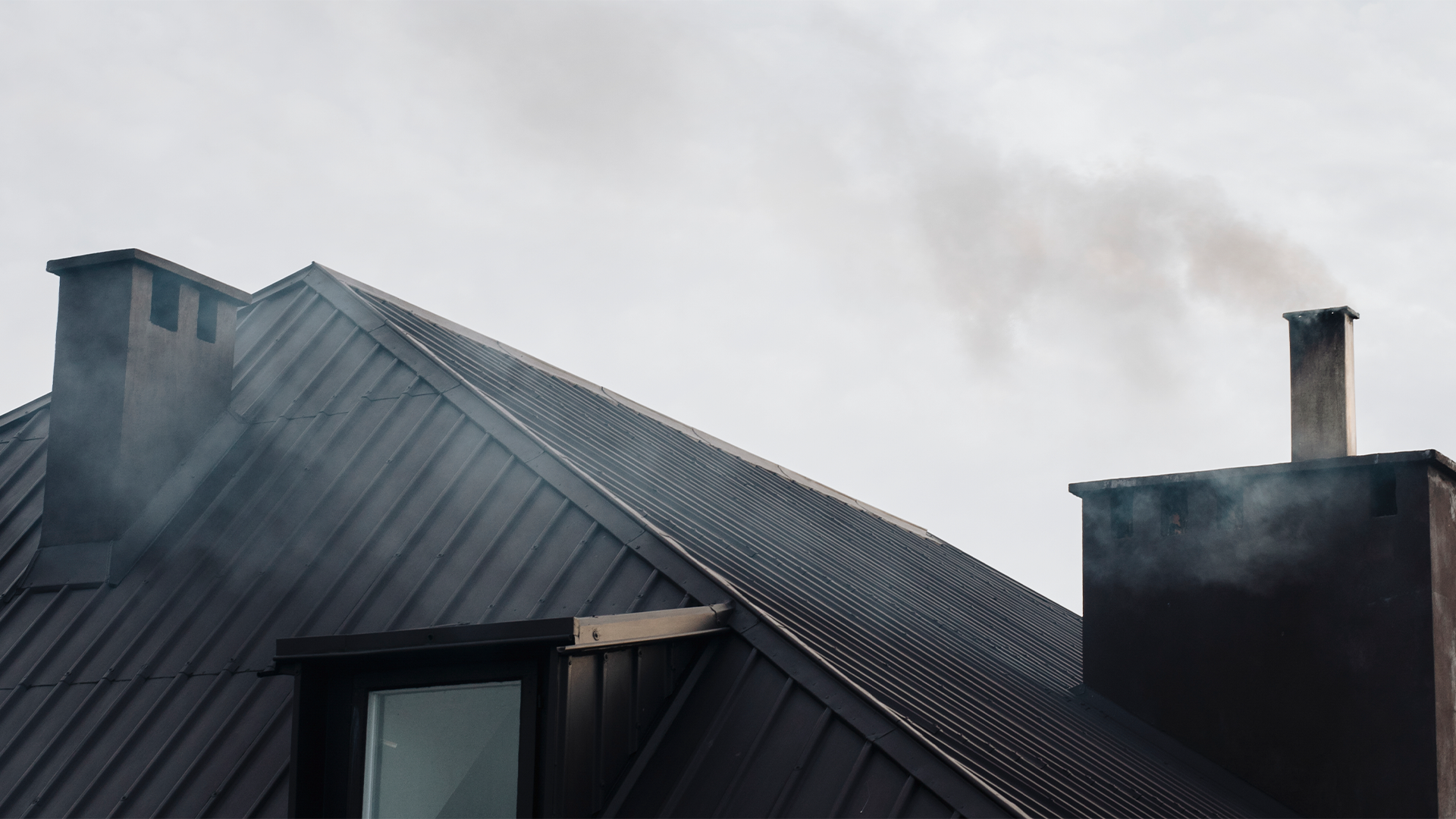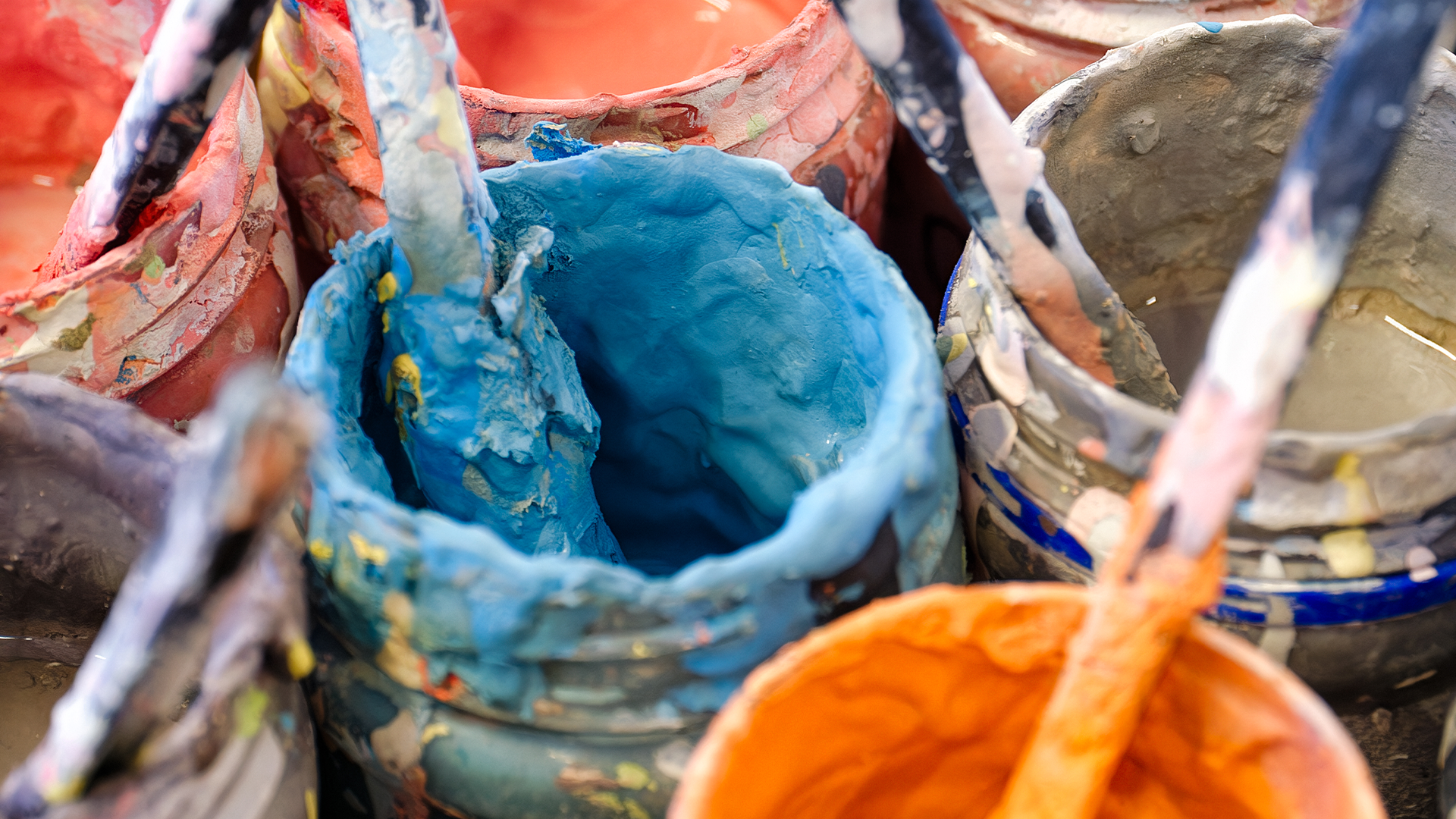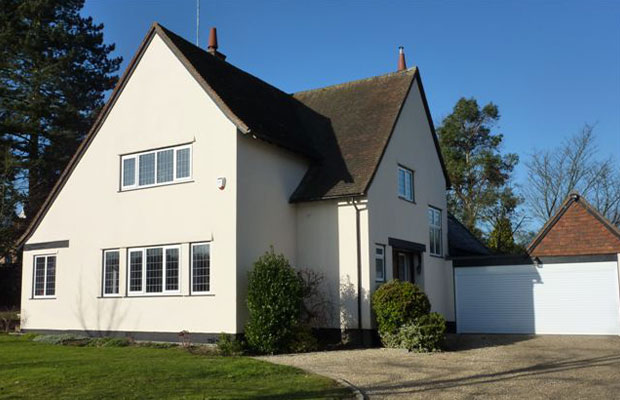Introduction
The saying “a good workman never blames his tools” is well known. In the world of exterior wall coatings and weatherproofing, we might add that a good workman always prepares his surfaces thoroughly. Indeed, one of the key steps in ensuring the longevity and effectiveness of your exterior wall coatings is properly plastering a wall. This process not only provides a smooth surface for the coating to adhere to but also enhances its overall performance.
What is Plastering a Wall?
In its most basic form, plastering a wall is a method used in the construction and interior design world to cover walls and ceilings with plaster, a type of building material with a long history. It’s a process that has been used for thousands of years, from the ancient pyramids in Egypt to modern-day homes in the UK. But what does it involve, and why is it such a critical step in the process of applying exterior wall coatings?
When plastering a wall, the plasterer starts by preparing the wall surface. This might involve removing old plaster, brushing off dust and debris, and making sure the wall is as clean and dry as possible. Then, the plaster is mixed, typically with water until it reaches the right consistency. The plaster is then applied to the wall in layers using a trowel. Once all the layers have been applied, the plaster is smoothed out to create an even, flat surface. It is then left to dry, which can take several days.
But why is plastering a wall so important? The simple answer is that plastering provides a solid and even surface that protects the underlying brickwork and materials. The plaster acts as a barrier against moisture, heat, and cold, helping to maintain a comfortable and stable environment inside the home.
Furthermore, a properly plastered wall provides a smooth, blank canvas for painting, wallpapering, or in our case, the application of exterior wall coatings. Without it, the wall might have imperfections, bumps, and cracks that could interfere with the application of the coating or paint, resulting in a less than perfect finish.
Moreover, when we talk about plastering a wall in the context of exterior wall coatings, its role extends to more technical aspects. Plastering creates an adhesive surface for the coating, improves its durability, and contributes to weatherproofing your home. These aspects are vital in ensuring that your exterior wall coating lasts as long as possible and provides the best protection for your home. We’ll explore these roles in more detail in the following sections.
The Role of Plastering a Wall in Exterior Wall Coatings
Surface Preparation
Before any exterior coating application, surface preparation is of utmost importance. Plastering a wall is a key step in this process. By covering the brickwork or other substrate with plaster, you create a clean, even surface that’s ideal for the coating to adhere to. This step is often the difference between a coating that sticks well and lasts a long time, and one that starts to peel away or crack after a short period.
When plastering a wall, the removal of any previous coating, dirt, or debris is essential. If the wall is not adequately cleaned, the new plaster may not adhere properly, leading to potential issues down the line. Furthermore, a well-plastered wall provides an even surface, eliminating any bumps or depressions that could negatively affect the coating’s appearance and effectiveness.
Enhancing Durability
Plastering a wall is not just about aesthetics or creating a good adhesive surface for the coating; it’s also about enhancing the coating’s durability. By applying a layer of plaster to the wall, you’re providing a stable base for the coating. A well-plastered wall will not shift or crack under the pressure of weather changes or building movement, which in turn means that the coating applied on top of it is less likely to do so either.
A well-plastered wall provides stability to the coating, reducing the risk of flaking, cracking, or peeling, thereby extending its lifespan. In essence, proper plastering could be the difference between an exterior wall coating that lasts just a few years and one that withstands the test of time.
Weatherproofing
Plastering a wall also has significant implications for weatherproofing. High-quality plaster can provide an additional layer of insulation to your home, which is especially important in the UK, where the weather can be highly variable. By maintaining a consistent internal temperature, it can help your home stay warmer in the winter and cooler in the summer.
When this is combined with a superior weatherproof coating, the result is a double-layered protection against weather elements. Thus, plastering a wall not only prepares it for the application of a weatherproof coating but also enhances the effectiveness of that coating.
Ensure a Clean Surface
Before you even start plastering a wall, one of the first steps is to ensure the surface is clean and ready for plastering. This might involve removing any old paint, filling in cracks or holes, and wiping away any dust or dirt. A clean surface is key to ensuring the plaster adheres properly to the wall, and that the finished surface is smooth and free from defects.
Cleaning the wall might seem like a simple step, but it’s one that should not be overlooked. Any dirt or dust left on the wall can interfere with the plaster’s ability to stick to the wall. This, in turn, can affect the overall quality and effectiveness of the plastering job.
Apply Multiple Layers
When plastering a wall, it’s usually recommended to apply multiple layers of plaster. This helps to create a strong and durable surface that can withstand the weight and pressure of the exterior wall coating.
The first layer, known as the scratch coat, is applied directly to the wall. It’s called a scratch coat because it is typically scored or ‘scratched’ to create a rough surface for the next layer to adhere to. After the scratch coat has dried, a second layer, or brown coat, is applied. This is smoothed out to create a flat, even surface. Additional layers may be applied, depending on the desired finish and the specific requirements of the wall.
Smooth Finish
Finally, once the last layer of plaster has been applied and is starting to set, it’s time to smooth the surface. This step is crucial when plastering a wall as it ensures a flat, even surface that’s perfect for the application of your exterior wall coating.
This process, known as trowelling, involves using a flat tool to smooth out any bumps or ridges in the plaster. It requires a certain level of skill and precision to achieve a truly smooth finish. By taking the time to properly smooth your plastered wall, you’ll not only end up with a more attractive end result, but you’ll also create the ideal surface for your weatherproof coating to adhere to.
Why Choose Professionals for Plastering a Wall?
As homeowners, we often revel in the idea of DIY tasks. It can indeed be rewarding to get hands-on with home improvement projects. However, plastering a wall is one job where the expertise of a professional can prove invaluable. But why should you choose a professional to handle this critical task?
Skill and Experience
Plastering a wall is an art form that requires both skill and experience. Achieving a smooth and even surface is not as easy as it might look. Professional plasterers have spent years perfecting their craft, and they bring this expertise to your home, ensuring the plaster is applied evenly and smoothly, ready for the application of exterior wall coatings.
Quality Materials
Professional plastering services have access to premium-quality materials that may not be available to the average homeowner. They understand which types of plaster work best with different surfaces and under varying weather conditions. This knowledge is critical to ensuring the durability of the plaster and, ultimately, the longevity of the wall coating.
Time and Effort
Plastering a wall is a labor-intensive task that can be quite time-consuming. If you’re juggling work, family, and other responsibilities, you might not have the time or energy to devote to plastering a wall properly. Hiring a professional can save you a significant amount of time and effort, ensuring the job gets done quickly and efficiently.
Preparation and Clean-up
Lastly, a professional service will handle all the preparation and clean-up related to plastering a wall. They will ensure the wall is appropriately prepared for plastering, apply the plaster, and then clean up afterwards, leaving your home clean and tidy.
In summary, while DIY may be tempting, plastering a wall is a task where professional expertise can make a significant difference. The benefits of hiring a professional plasterer—superior results, quality materials, saved time, and reduced hassle—are well worth the investment, particularly when you consider the crucial role of plastering in enhancing the efficacy of exterior wall coatings. With professionals like us at All Weather Coating, you can ensure that your walls are not just well-plastered, but are also ready to face all weather conditions with confidence.
Get in touch with our team for a quote.
Conclusion
Understanding the role of plastering a wall in the application of exterior wall coatings is pivotal to the success of your weatherproofing project. Proper wall plastering creates a robust and stable surface that enhances the durability and efficiency of the coating.
At All Weather Coating, we understand the importance of preparation. Our experts pay close attention to every stage, from plastering a wall to applying the final layer of the coating, ensuring your home is well protected against all weather conditions.
The next time you think about plastering a wall, remember – it’s not just about the smooth finish, but also about setting the stage for an effective weatherproof coating application.
